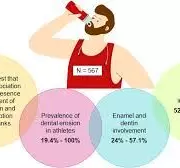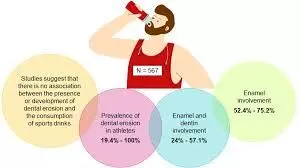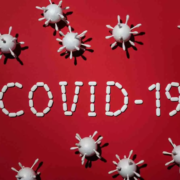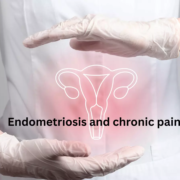MetS Increases Mortality Risk in Stroke Patients After Intravenous Thrombolysis: Study

A new study from Shanxi Bethune Hospital revealed that metabolic syndrome (MetS) significantly worsens outcomes in patients with acute ischemic stroke (AIS) who receive intravenous thrombolysis (IVT). The findings were published in the recent issue of Frontiers in Neurology.
This prospective cohort study from January 2022 to December 2023, examined 292 AIS patients who underwent IVT. The participants were divided into 2 groups as those with MetS and those without, and used propensity score matching to control for baseline differences such as age, sex, and stroke severity.
Within three months of treatment, the all-cause mortality rate in patients with MetS was 24%, more than double the 11.6% mortality observed in patients without MetS. Even after adjusting for potential confounding factors, MetS remained an independent predictor of death, with an adjusted hazard ratio of 2.50 (95% CI: 1.35–4.60, p < 0.01). This suggests that the patients with MetS were 2.5 times more likely to die within 3 months of stroke, despite receiving timely thrombolytic therapy.
Beyond mortality, MetS also predicted worse recovery and higher complications. Patients with MetS were significantly less likely to achieve a good functional outcome (defined as a score of 0 to 2 on the modified Rankin Scale), which indicated slight or no disability. The adjusted odds ratio for good recovery was just 0.47 (95% CI: 0.28–0.77, p < 0.01), reflecting nearly a 53% lower likelihood of favorable neurological recovery when compared to non-MetS counterparts.
Additionally, the risk of symptomatic intracranial hemorrhage (SICH) was notably higher in the MetS group. These patients had more than twice the odds of developing SICH (adjusted OR = 2.40, 95% CI: 1.17–4.92, p = 0.02), which can severely worsen outcomes or prove fatal.
Importantly, as the number of MetS components increased (including obesity, high blood pressure, high blood sugar, high triglycerides, and low HDL cholesterol), so did the risk of mortality. This hint that the cumulative metabolic burden directly impacts stroke prognosis. These findings suggest that even before a stroke occurs, controlling metabolic health could be crucial not only for prevention but also for improving survival and recovery afterward.
Reference:
Chen, W., Liu, D., Li, Z., & Zhang, X. (2025). Metabolic syndrome is associated with prognosis in patients with acute ischemic stroke after intravenous thrombolysis: a prospective cohort study. Frontiers in Neurology, 16. https://doi.org/10.3389/fneur.2025.1598434
Powered by WPeMatico



















